Yuil Seolleongtang (유일설렁탕)
12.0Km 2021-03-29
154, Yongmasan-ro, Gwangjin-gu, Seoul
+82-2-452-5860
It is a store that has been in operation since 1987. This Korean dishes restaurant is located in Gwangjin-gu, Seoul. The most famous menu is ox bone soup.
Café Moon (달 카페)
12.0Km 2019-12-23
94-1, Samcheong-ro, Jongno-gu, Seoul
+82-2-735-7355
Café Moon has a trendy interior design and includes a realistic 'moon' mounted on one of the walls. The inside and outside of the café are decorated with hanok designs, designs of traditional Korean houses. The inner courtyard of the grounds is often the stage for a variety of parties and music performances held throughout the year. From the late spring into fall, Café Moon holds musical performances of traditional instruments from around the world. The diners enjoying their meals next to the courtyard need only slide the windows open to let in the beautiful melodies.
Seomsonyeon (섬소년)
12.0Km 2021-03-23
12, World Cup buk-ro, 6-gil, Mapo-gu, Seoul
+82-2-333-9286
It is a place to cook using wild seafood directly obtained from the East Coast. This Korean dishes restaurant is located in Mapo-gu, Seoul. The representative menu is spicy pollack stew.
Ca'del Lupo (까델루뽀)
12.0Km 2020-04-27
5-5, Jahamun-ro 16-gil, Jongno-gu, Seoul
+82-2-734-5233
Ca'del Lupo is an Italian restaurant, closely located to Paris Baguette in Hyoja-dong, Jongno-gu near Gyeongbokgung Palace Station. Though the restaurnat masters delicious homemade Italian cuisine on the inside, the exterior is wholly Korean. This unique combination of Hanok (traditional Korean house) style housing and Western foods is drawing a lot of people to Hyoja-dong. The great mix of both cultures can be seen in the sophisticated decorations and from the amazing food. The herbs they use are picked directly from the restaurant's personal garden. But to enjoy the atmosphere here, you will have to make a reservation far in advance.
Spectacle de bulles original, saison II – Le monde de bulles de Fan Yang (맛있는버블매직쇼 시즌2)
12.0Km 2011-08-03
109-4, Hyehwa-dong, Jongno-gu, Seoul-si
- Ligne Info Tourisme : +82-2-1330 (coréen, anglais, japonais, chinois) - Pour obtenir plus d'info : +82-2-2263-9741~2 (Korean)
Une production originale de bulles par Fan Yang, le plus grand artiste de bulles du monde !
Le spectacle met en scène l’artiste de bulles canadien Fan Yang et son frère Jano Yang en partenariat avec Waysbe Co., Ltd. and Neodus Co., Ltd. La production, la musique, le script, l’éclairage et la décoration de la scène pour ce spectacle de 80 minutes ont été faits en Corée.
Le spectacle est un régal pour les yeux, alors que la scène se remplit de myriades de magnifiques créations de bulles faites à la main ou avec des outils simples. Une profusion de bulles, un éclairage enchanteur, un spectacle de lasters et des effets spéciaux emmènent le public dans un monde de rêve et de fantaisie. Les visiteurs peuvent non seulement apprécier le talent artistique, mais ils peuvent également participer à de nombreuses reprises aux merveilles scientifiques et à la beauté des bulles.
Pour prolonger les jeux de bulles, une zone d’expérience « Attrape les bulles » se trouve près du salon dans le hall d’entrée. Vous pouvez également essayer de fabriquer des bulles à la galerie de photos des bulles dans le couloir du théâtre.
D’autres super programmes interactifs incluent le concours de bulles, un programme d’expérience de bulles (avec des artistes de bulles et des acteurs-personnages) ainsi qu’une zone photo des bulles où vous pouvez prendre une photo souvenir gratuite.
Le spectacle a lieu dans le Myeongbo Art Hall (anciennement Théâtre Myeongbo), le deuxième théâtre entièrement consacré au spectacle des bulles après le Théâtre des bulles de Broadway. Situé à Euljiro 3-ga, le théâtre entier est décoré sur le thème de l’art des bulles.
Stay Passport Express Spa – Dangsan (스테이 패스포트 익스프레스 스파 당산점)
12.0Km 2025-05-07
92-1, Yangpyeong-ro, Yeongdeungpo-gu, Seoul
Stay Passport Express Spa Dangsan propose un séjour sur le thème du voyage en train européen, avec une variété de chambres. La COUCHETTE dispose d’un refroidisseur à vin, d’un tourne-disque LP. Les chambres SLEEPER 4-1 et 4-2, prévues pour quatre personnes, ainsi que la chambre SLEEPER 2, pour deux personnes, sont équipées d’une baignoire spa et d’un tourne-disque LP.
Parc Seonyudo (선유도공원)
12.0Km 2023-09-07
343, Seonyu-ro, Yeongdeungpo-gu, Seoul
Le parc Seonyudo est le premier parc écologique sur le thème de l'eau en Corée. Les visiteurs peuvent apprécier un système de purification de l'eau, un jardin de plantes aquatiques, une forêt écologique ainsi que des expositions. Le parc propose aussi des activités ludiques autour du thème de l'eau.
Haeunjae / 하은재
12.0Km 2025-08-12
68-10, Jahamun-ro, Jongno-gu, Seoul
Haeunjae (下隱齋), meaning “hermit’s residence,” is a hanok (traditional Korean house) residence located in Seochon Hanok Village, near Gyeongbokgung Station on Seoul Subway Line 3. It is dedicated to the ideal of “movies and rest,” and takes after the characteristic form of modern hanok with a small courtyard. The entire house is rented out at once, with a queen bedroom, kitchen, movie room, and two restrooms. Up to 4 guests can reserve the house, with each additional guest above the standard of 2 having access to additional bedding.
The movie room is furnished with a Bose sound system, beam projector, and screen, along with a mobile foot bath. The kitchen is equipped with a refrigerator, hand drip coffee maker, toaster, electric kettle, and utensils. A 10% discount is available for guests staying for more than 2 nights on weekdays, and towel replacement and cleaning services are offered for guests staying for more than 3 nights.
The residence is located close to tourist sites like Tongin Market, Gyeongbokgung and Changdeokgung Palaces, and Samcheong-dong area.
OKIN PIZZA (옥인피자)
12.0Km 2021-03-19
26, Ogin-gil, Jongno-gu, Seoul
+82-2-737-9944
This is a Western cuisine located in Jongno, Seoul. The best menu at this restaurant is pizza. You can eat delicious pizza at hanok, a Korean traditional house.
Songhakkim (송학김)
12.0Km 2024-12-26
14, Huiujeong-ro, Mapo-gu, Seoul-si
+82-2-333-8386
Le Songhakgim est une marque d’algues récoltées dans les eaux les plus pures de la mer de l’Ouest, où se rencontrent l’eau douce et l’eau de mer. Le Songhakgim est à la fois riche en minéraux et en autres nutriments. Il est meilleur et plus nutritif car il a reçu en abondance la lumière du soleil.
De nombreux touristes viennent y acheter des algues en vrac. Au rez de chaussée, les visiteurs peuvent observer tout le processus de fabrication du Songhakgim, et ils peuvent acheter des algues à l’étage.
Au premier étage se trouve également le hall de découverte de la culture traditionnelle, où les visiteurs étrangers peuvent essayer des hanboks, les vêtements traditionnels coréens, et fabriquer des gâteaux de riz épicés et des boulettes de riz.
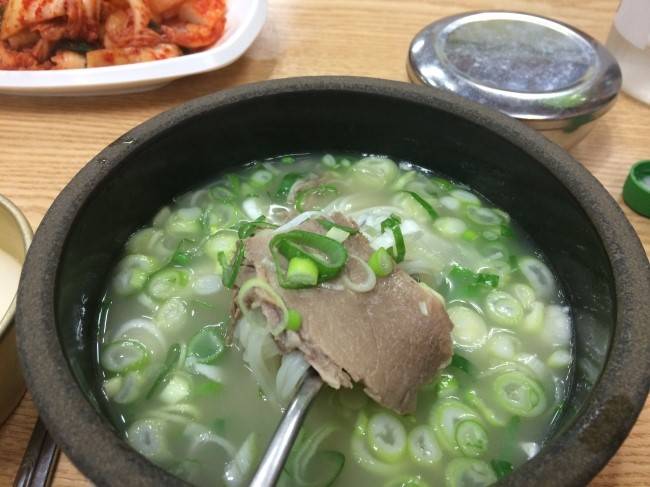
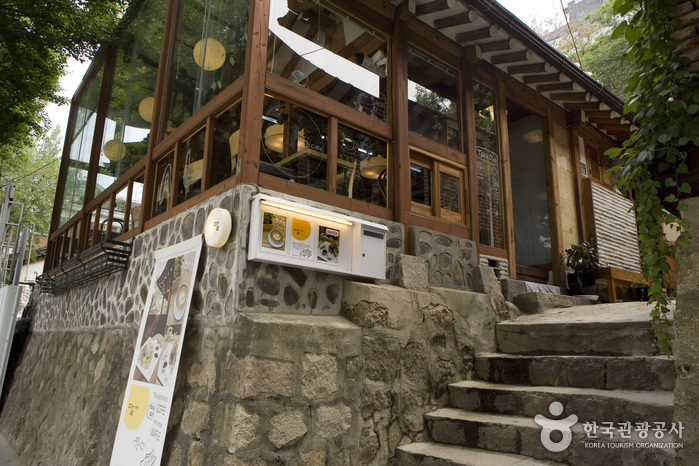
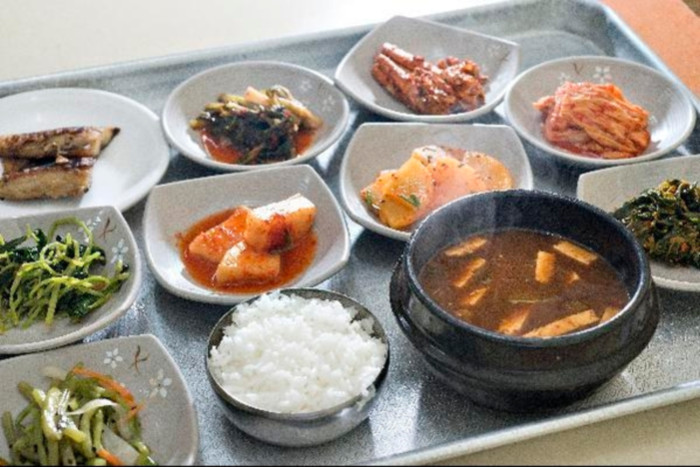
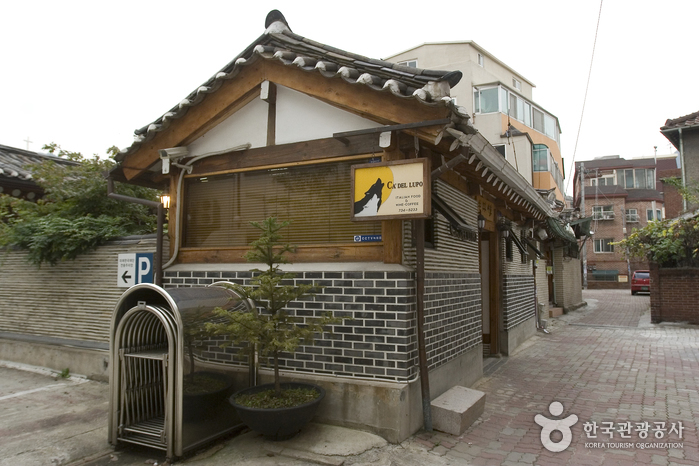

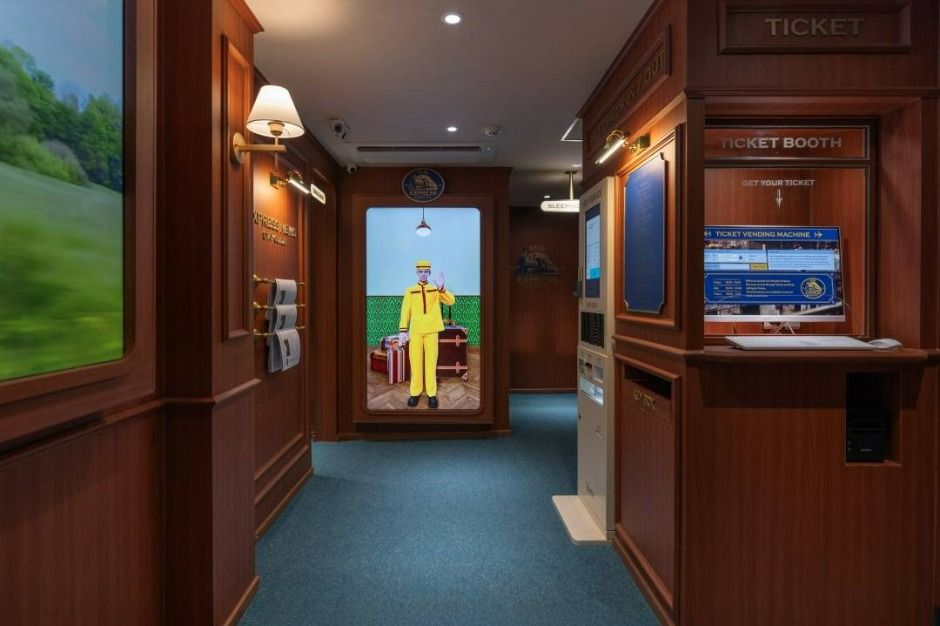
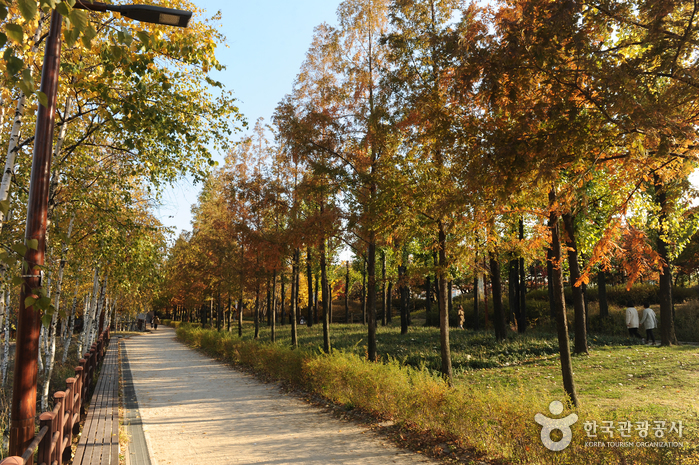
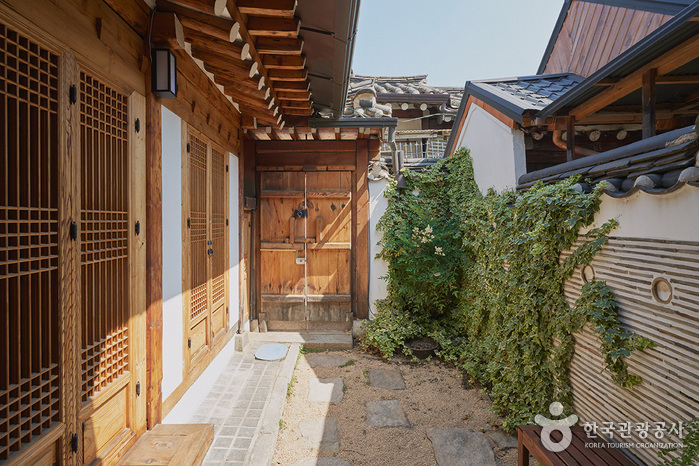
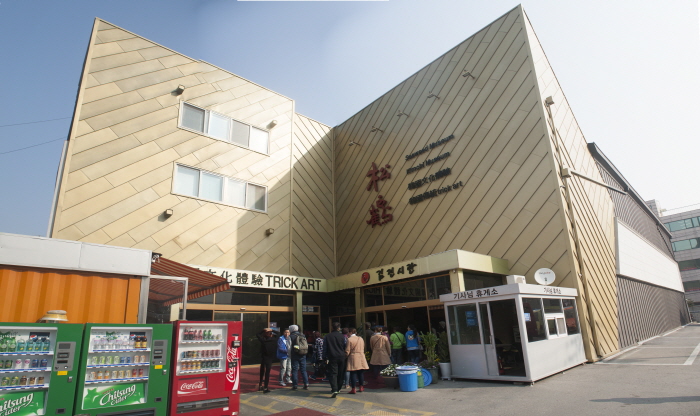
 Français
Français
 한국어
한국어 English
English 日本語
日本語 中文(简体)
中文(简体) Deutsch
Deutsch Español
Español Русский
Русский